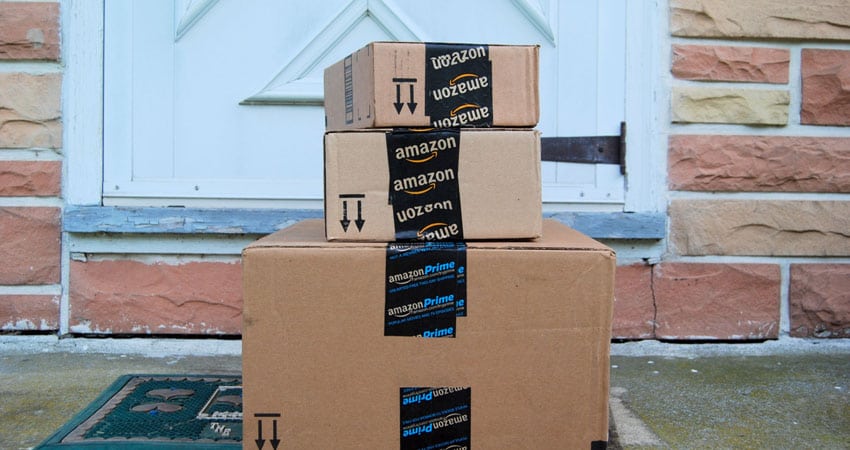It’s been said that imitation is the sincerest form of flattery. If that’s the case, Amazon is getting lots of compliments lately. The largest technology companies as well as banks and merchants are all changing their business models to look more like Amazon.
The examples are everywhere. Microsoft replicated Amazon Web Services with its own cloud platform, Azure. It continues to grow and expand as evidenced by the number of updates announced at its Build Developer conference in Seattle earlier this month. That business is making Microsoft one of the most successful tech companies around, producing revenue of about $3.6 billion per quarter, according to Piper Jaffray analysts.
In the ecommerce arena, we’re seeing a similar phenomenon. This time last year, with many retailers announcing store closings, it seemed Amazon was taking over the world. The outlook for traditional retailers was bleak, leaving little chance for even household names like Sears and Toys R Us to survive.
But retailers of all sizes are coming back with a vengeance as viable contenders against Amazon in the battle for market share. Both Walmart and Target recently announced that other merchants will be able to advertise and sell their goods from their websites, just like Amazon. Walmart, for example, also recently bought technology from startup Aspectiva to look at customers’ browsing behavior and help make product recommendations – again, just like Amazon. Recently Walmart said its ecommerce numbers were buoyed by grocery, home and fashion, driving comp sales up 3.4%, its strongest showing in almost a decade and 10 basis points better than had been expected.
Apple launched Apple Pay and its new credit card to contend with Amazon’s pioneering one-click checkout. More recently, Facebook launched one-click buyable ads from Instagram. It is now reportedly launching a cryptocurrency to complete its pivot from an advertising platform to a commerce platform – yes, just like Amazon.
Bank of America, Chase and Wells Fargo have all launched personalization driven card-linked offers from their mobile apps. Based on past purchases, the past, the technology recommends new offers and discounts from merchants in similar categories – just like the recommendation bar on Amazon.
Is emulating Amazon enough to succeed? Probably not. Very few companies have the resources to compete with it.
For most, the way to win the war will be to quietly strike partnerships and drive collaboration initiatives with competitors that were once unthinkable. At the center of these initiatives are new collaboration brokers that enable product innovation at scale.
We’ve seen a huge uptick in these types of initiatives in 2019, fueled by AI and other technologies that are driving innovative card-linked offers and digital loyalty programs, This is giving consumers a more personalized experience across a wider range of merchants than ever before, leveling the playing field for retailers, online and in store.
While mimicking Amazon may not be the silver bullet, bold moves are underway that will put some companies on the path to becoming an ecommerce force Amazon will need to reckon with. One example is Fidelity National Information Services, which recently agreed to buy Worldpay for $34 billion.
This and other developments like it send a clear signal that the global payments and ecommerce sectors are already experiencing a disruption. It seems that more is in store for Amazon as competing ecommerce providers worldwide find new ways to win.
Silvio Tavares is President and CEO of The CardLinx Association

